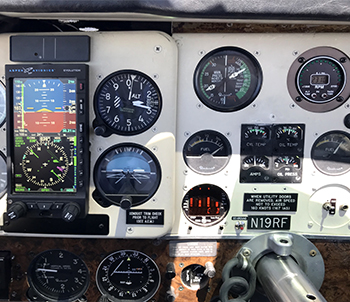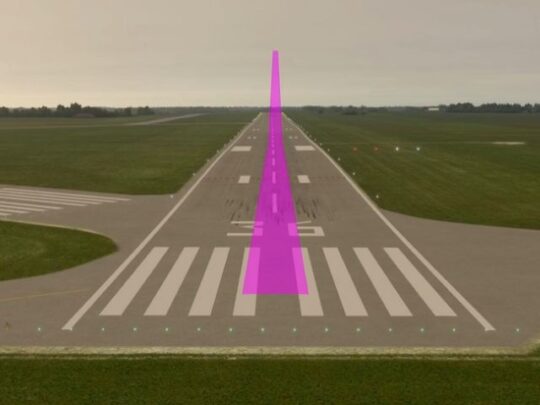Subscriber question:
“I’ve heard that ‘flying by the numbers' reduces workload, especially when IFR. What’s a good way to learn those numbers?” José P.
Bruce:
 “Think back to your primary training. You learned the right configuration for a situation like takeoff—full power with the flaps up—and you developed a sight picture of how high the nose should appear above the horizon. You probably needed a few hours of experience to fix that image in your mind, but soon you had ‘the numbers’ for a VFR takeoff.
“Think back to your primary training. You learned the right configuration for a situation like takeoff—full power with the flaps up—and you developed a sight picture of how high the nose should appear above the horizon. You probably needed a few hours of experience to fix that image in your mind, but soon you had ‘the numbers’ for a VFR takeoff.
There are several combinations of pitch, power, and configuration used for IFR. The airplane may be more complex, and the resulting performance can be measured in different ways. However, you have a handy gizmo that can capture the key details for any important phase of flight. It’s the camera in your phone.
We’ve all snapped photos of the scenery and our happy faces as we fly. So why not a ‘panel selfie’? It’s quicker than scribbling figures in flight and far easier to read the next day.
Get a safety pilot or instructor to keep an eye out for traffic while you fly on a smooth VFR day. If you have an autopilot, select HDG and ALT modes.
Now set up the airplane for key phases of IFR flight:
- Straight-and-level, at high-speed and economy cruise,
- Cruise climb,
- Cruise descent,
- Initial approach level (used on a transition, feeder route, or initial ATC vectors),
- Final approach capture, or course reversal,
- Established on final approach, tracking lateral and vertical guidance, and finally
- Missed approach.
When you have the performance you want for each of these situations, snap a photo or two to capture the pitch, power settings, configuration, and the resulting airspeed and vertical speed.
Include variations as well, such as an expedited final approach to use when ATC asks you to keep the speed up.
When you land, use the photos to create a configuration table—the numbers—for your airplane. The photos are also a handy reference for review at a glance before a flight.
VFR pilots can use the same process to learn targets for establishing stable flight in similar situations, such as approaching and flying the traffic pattern and setting up for training maneuvers.
Of course, the numbers aren’t chiseled in stone. Power settings vary with aircraft weight and ambient conditions, but using the values you establish during the exercise will get you within 5–10 percent of the target. And having specific setups is especially helpful when you’re busy, in turbulence, or if you’re coping with an instrument failure in the clouds.
Panel selfies are also useful when you transition to a new type, when you’re getting a flight review, and during IFR training and instrument currency flights. You can also take panel selfies while practicing in an aviation training device.
If you have an engine analyzer, snap photos in flight to record the details of the power settings, fuel flow, and engine temperatures. Keep these images to help you spot trends and to discuss maintenance with the shop.
And here’s one more use for panel photos: Just before you shut down, capture the tach and Hobbs times and fuel onboard (from the fuel totalizer). The details are easier to read than scribbles on a dispatch sheet, and you can log the information later without turning on the avionics again. That’s especially handy if you’ve already tied down the airplane and marched into the FBO.”
Do you have specific pitch and power settings you use for your airplane?

